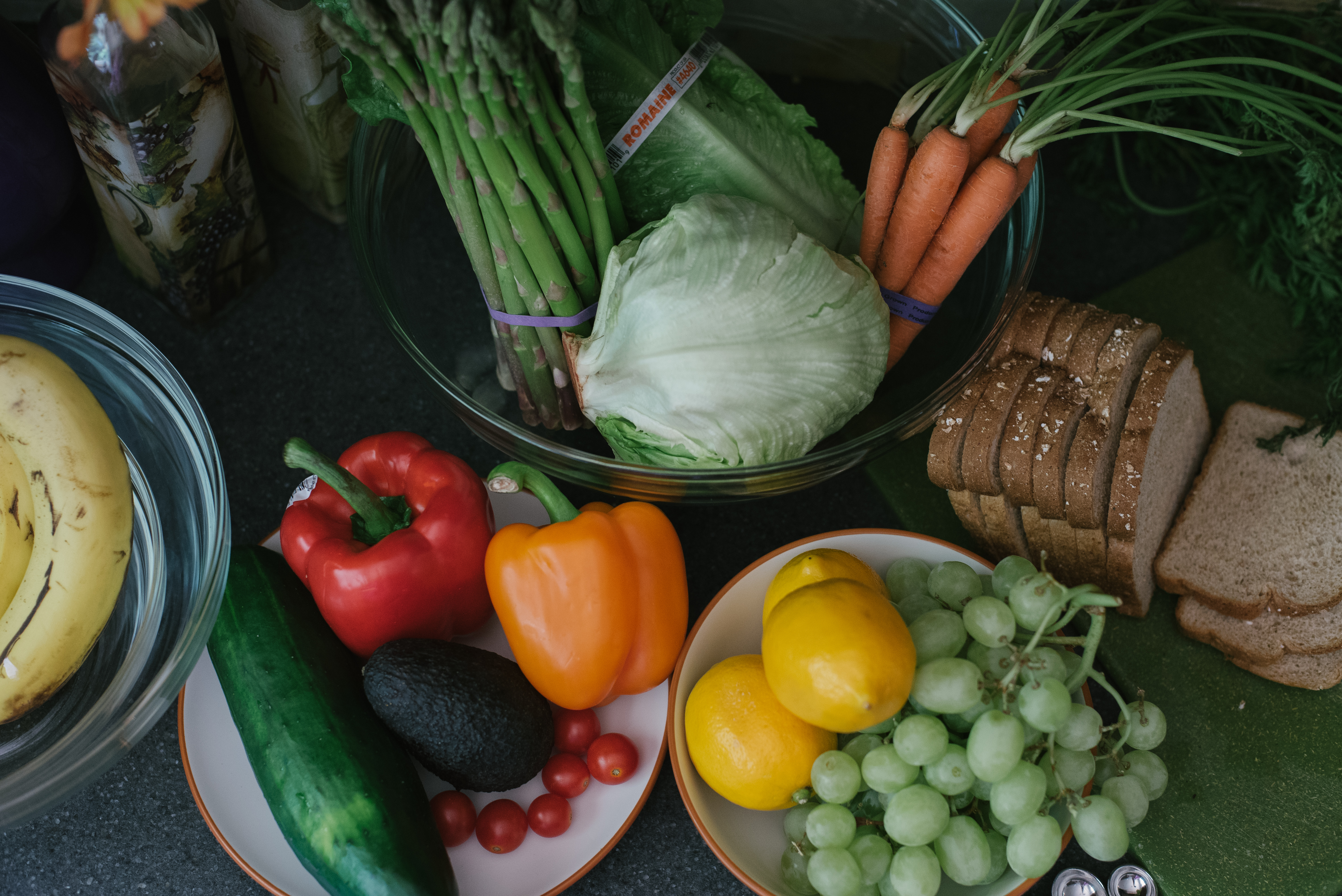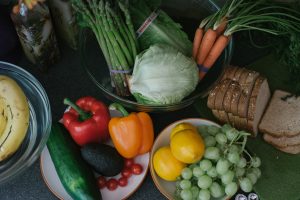

Gone are the days when we had to go to a fancy market or boutique grocery store to find organic foods. Organic food can now be found in any mainstream grocery chain, it’s even popping up at Walmart. But, do you even KNOW what organic means, what is makes it “organic” and is it worth the extra money?
Any food with a USDA organic seal is required to be grown, harvested, and processed according to national standards that include restrictions on amounts and residues of pesticides, hormones, and antibiotics. In addition, according to the Environmental Protection Agency (EPA), “organic” foods cannot be treated with any synthetic pesticides, sewage sludge, bioengineering, or ionizing radiation. They may only use pesticides derived from a natural source.
Foods labeled as “free-range,” hormone free” or “natural” are not considered “organic and these terms are not regulated by law.
Organic labeling guidelines:
- 100% organic – no synthetic ingredients and can be labeled with the USDA organic seal.
- Organic – 95% of ingredients are organic and can be labeled with the USDA organic seal.
- Made with organic ingredients – 70% of ingredients must be organic, cannot legally bear the USDA organic seal.
- Any meat, eggs, poultry or dairy must come from animals who have never been treated with antibiotics or growth hormones.
Organic foods can be pricey, 50-100% more than non-organic foods. The main reasons for the price difference is, organic foods are more labor-intensive and do not last as long as their non-organic counterparts.
The Environmental Working Group, a nonprofit organization based in Washington, D.C., recommends going organic on the “dirty dozen” — types of produce that are most susceptible to pesticide residue:
- Peaches
- Apples
- Sweet bell peppers
- Celery
- Nectarines
- Strawberries
- Cherries
- Pears
- Grapes (imported)
- Spinach
- Lettuce
- Potatoes
These items are listed as probably not worth the extra money.
- Papayas
- Broccoli
- Cabbage
- Bananas
- Kiwifruit
- Sweet peas (frozen)
- Asparagus
- Mangoes
- Pineapple
- Sweet corn (frozen)
- Avocadoes
- Onions
Your choice – if it’s important to you and in your budget, buy organic. If not, there are still some things you can do to reduce the pesticide residue on your foods.
- Wash and scrub produce under running water to remove dirt, bacteria and surface pesticide residues, even produce with inedible skins such as cantaloupe. Do not use soap.
- Remove the peel from fruits and vegetables.
- Remove the outer leaves of leafy vegetables.
- Trim fat and skin from meat and poultry, pesticide residues can collect in fat.
- Eat a variety of foods from different sources.
Organic or not, fruits and vegetables are probably the most important foods we consume, do your best to rid them from residue and then chow down!

